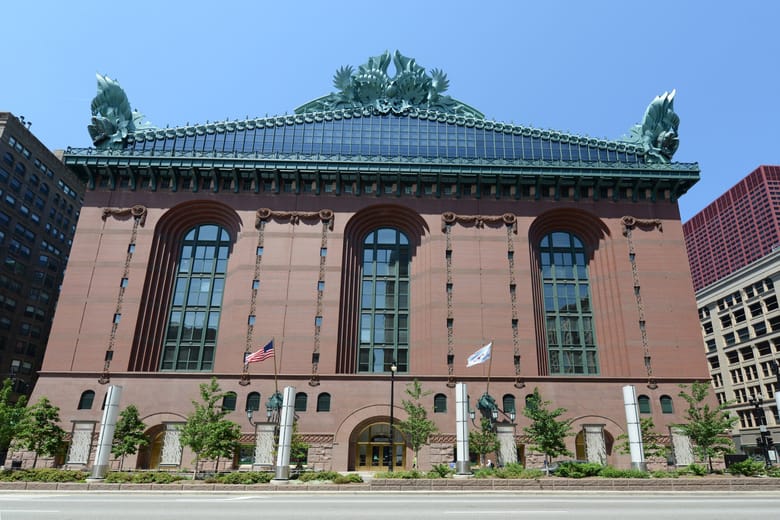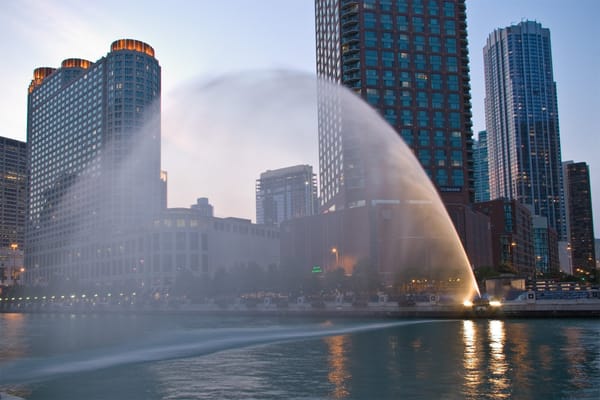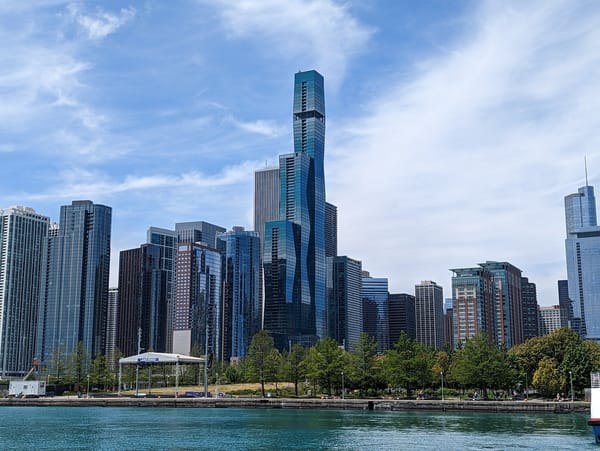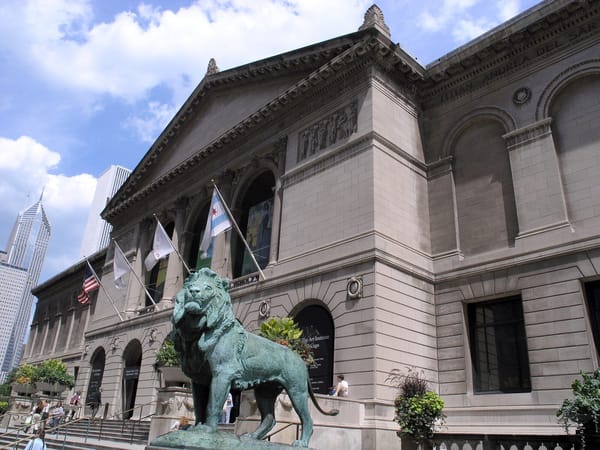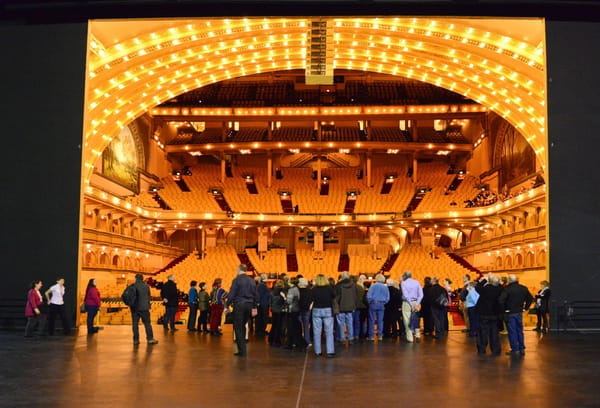In architecture, a facade refers to the exterior face or frontage of a building, particularly the principal or most prominent side. It serves both aesthetic and functional purposes, contributing to a building's visual identity while often integrating structural elements, windows, doors, and decorative features. Facades can be designed to express various styles and historical periods, reflecting the architectural intent and cultural context of the time.
The term "facade" originates from the French word "façade," which itself is derived from the Italian "facciata," meaning "face." The term has been used since the 16th century to denote the front face of a building, emphasizing the importance of this aspect in architectural design.
In Chicago, notable facades include those of the Chicago Board of Trade Building, with its Art Deco facade featuring intricate detailing and strong geometric forms. Another iconic example is the Rookery Building, renowned for its ornate terra cotta facade and its elegant, historical design. The Tribune Tower, with its neo-Gothic facade adorned with various stone carvings and decorative elements, also stands as a significant example of facade design in Chicago.
Facades play a critical role in shaping the urban environment, creating a building's public face and contributing to the cityscape's overall character.
